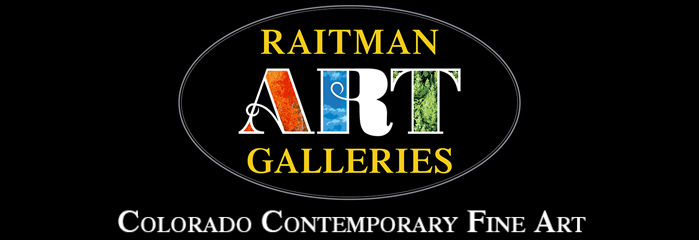Walt Horton Artist Biography
1949 - 2010

Walt Horton always had a way of making people smile. He was soft-spoken, yet there was a touch of humor in nearly everything he did in life. Fittingly, his first career was spent as a commercial cartoonist. He worked for newspapers and had major clients like Taco Bell and Shell. He said, "I've always liked making people smile and laugh so cartooning has been great for me. My work has been translated into over 100 languages and published on every continent around the world." However, it wasn't until Horton found his voice as a sculptor that he discovered his passion and some would say his calling.
In 1993, during a visit to Aspen, Horton wandered into a fine art gallery that was hoping to find a sculptor of children. Despite no previous experience in the art form, other than playing with Play-Doh as a child, Horton's ignorance of the fierce competition in the fine art world enabled him to find joy in creating a clay rendering of a little boy reading a book to his teddy bear.
Horton said, "The gallery called almost the very same day the (finished) piece got there and informed me that they'd sold one, so my wife and I were dancing in the kitchen we were so excited we were going to be able to pay our rent. And then about two hours later they called again, and I thought they were going to tell me the sale didn't go through or something, and they told me they'd sold another one." Thus was the beginning of the world's love affair with Horton's charming, thoughtful and disarming works in bronze.
After studying for one year at the University of Colorado in 1968, where he met his wife, Peggy, Horton decided that formal schooling wasn't for him. The couple left the United States in the mid-1970s for a 17-year stint performing missionary work in Brazil and Bermuda. Horton became fluent in Portuguese and Spanish. He was an avid religious historian. He once said, "I've always had a fascination with first-century Christianity and I've done a lot of research in biblical studies. That's my number one passion, and I use art to support my purchasing of valuable manuscripts. Ever since I was a kid I've kind of had a spiritual inclination." While the bulk of Horton's commercially successful works center on quizzical conflicts between bears, squirrels and young Indian boys, he also produced several serious pieces derived from his intense interest in religious history. They include a tribute to William Tyndale, the 16th-century priest and scholar burned at the stake for translating into common English and printing the Bible, and a 14-foot depiction of David and Goliath.
Horton's career as an artist spanned decades and came with some fun stories, fitting for a sculptor known for his whimsical approach to subject matter. He told a story of a woman who admiringly approached him and asked to take a picture of one of his bear sculptures. He chuckled, "Lady, I'm just copying what I see in the creation. Who am I to tell you you can't take a picture of my bear? Solomon once said, There's nothing new under the sun, so I don't claim to be unique. I'm just a plagiarist like everybody else."
However, Horton had a way to sculpt stories. He had a way to capture emotions in clay that conveyed a sense of innocence, enabling his viewers to tap into their sense of place within this great world. It made his work at once unique and timeless. Horton passed away in his sleep on March 28, 2010. He had achieved the life mission of many, leaving the world a more beautiful, more happy place than he had known it. Looking at his sculptures today is living proof that Horton's legacy lives on.
